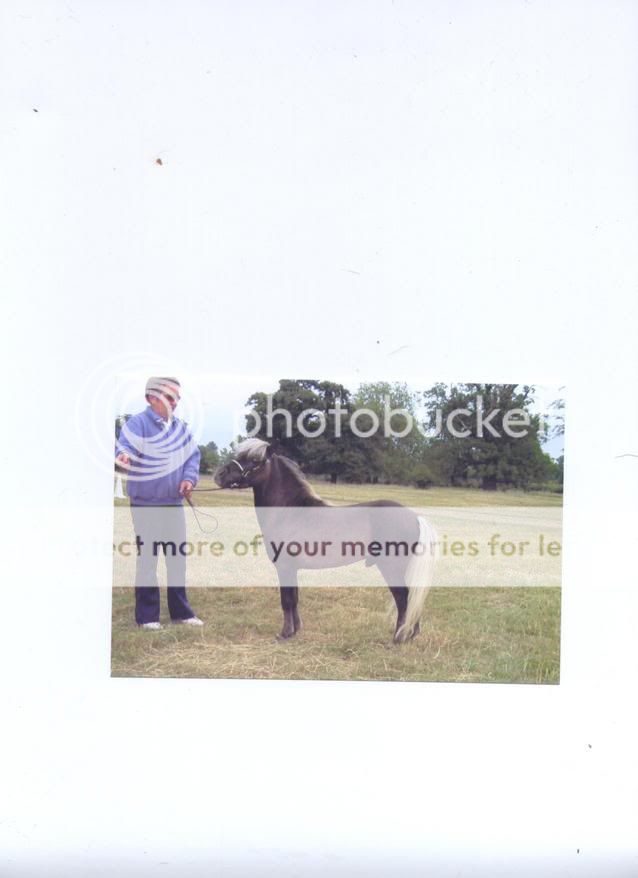yankee_minis
Well-Known Member
I'm a little confused on the grey color thing. I understand the grey horse that turns white.
But there is a non-fading grey?
How do you know which one it is? The horse I'm thinking of is a grey pinto and had a sire who was a "solid grey." That's not just a grey who is taking forever to turn white?
But there is a non-fading grey?
How do you know which one it is? The horse I'm thinking of is a grey pinto and had a sire who was a "solid grey." That's not just a grey who is taking forever to turn white?









